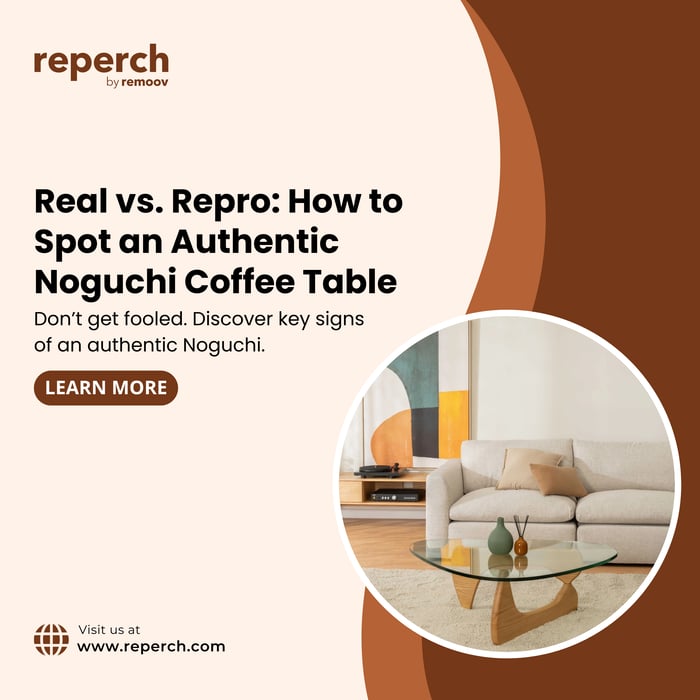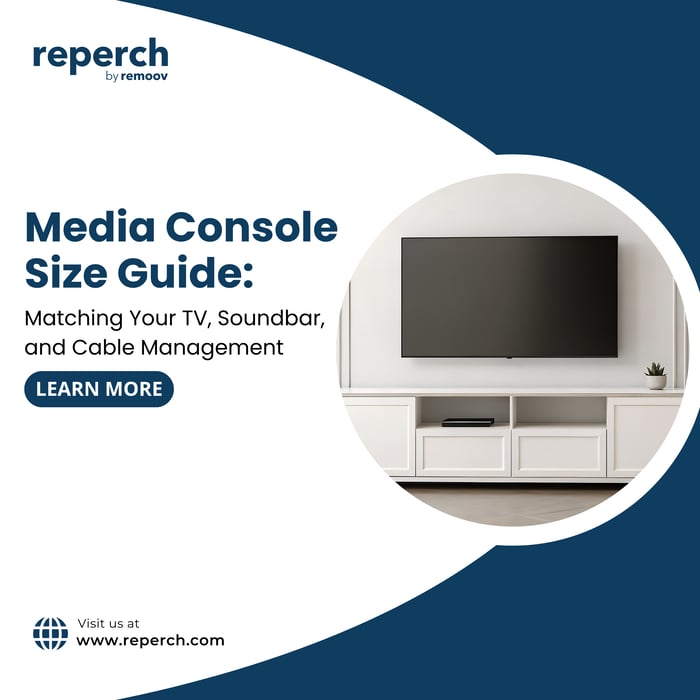Few furniture pieces are as iconic and enduring as the Noguchi coffee table. Designed in 1944 by artist and sculptor Isamu Noguchi, this table blends form and function with a sculptural elegance that remains timeless. With its curved wooden base and thick glass top, the Noguchi table has become a staple in mid-century modern interiors and a favorite among collectors.
But with its popularity has come a flood of replicas on the market. Whether you are shopping secondhand or browsing online, how can you tell if the Noguchi table in front of you is the real deal or a reproduction? This guide breaks down the telltale signs to help you confidently spot an authentic Noguchi coffee table.
1. Know the Only Licensed Manufacturer: Vitra
In Europe, Vitra is the exclusive manufacturer of the authentic Noguchi coffee table, working in direct partnership with the Isamu Noguchi Foundation. In the United States, Herman Miller is the licensed producer. These official manufacturers follow Noguchi’s original specifications precisely.
What to Look For:
Vitra or Herman Miller branding
Certificate of authenticity
Serial number or identifying plaque under the base
Museum-grade craftsmanship
If a seller claims the piece is original but it lacks documentation or markings, proceed with caution.
2. Examine the Base Construction
The base of the Noguchi table is a work of art in itself. It features two identical curved wooden elements that interlock precisely without the use of screws or bolts. The real base is carved from solid wood with elegant grain and perfectly sanded curves.
Authentic Base Characteristics:
Solid wood: walnut, ash, or black lacquer
Smooth, seamless finish with no MDF or veneer
Interlocking structure with precise symmetry
High-level joinery and balance
Reproductions may use MDF, offer uneven finishes, or lack the precise geometry that defines the original.
3. Check the Glass Top Quality
One of the easiest ways to identify a reproduction is by looking at the glass top. The original Noguchi table features a 19mm thick glass surface with polished edges and organic, asymmetrical shaping.
Real Noguchi Table Glass:
19mm (3/4 inch) tempered glass
Polished, beveled edges
Slightly irregular triangular shape
Matches the table’s original blueprint
Reproductions often use thinner glass (15mm or less), have sharp edges, or lack the graceful proportions of the authentic version.
4. Verify Proportions and Design Fidelity
Even small differences in scale or proportions can reveal a replica. The genuine table has specific angles and spacing between the base elements, and the glass top sits at a precise height.
Measure and Compare:
Table height: approximately 15.75 inches
Glass top dimensions: roughly 50 x 36 inches
Leg curves and interlocking points should align smoothly
Base should support the top evenly and symmetrically
In replicas, the base may be slightly off, resulting in a less balanced appearance.
5. Look for the Authenticity Markers
Original Noguchi tables come with a few clear identifiers if purchased new or from a verified reseller.
Key Authenticity Features:
Engraved plaque or label from Vitra or Herman Miller
Serial number linked to Noguchi Foundation records
A certificate of authenticity included in the packaging.
Proper documentation if resold through auction houses or dealers
If buying secondhand, ask the seller for any available paperwork. Lack of it does not always mean it is fake, but its presence is a strong confirmation of authenticity.
6. Understand the Price Range
An authentic Noguchi table from Vitra or Herman Miller typically ranges from £1,500 to £2,000+, depending on the wood finish and retailer. If you find one listed for a fraction of the price, it is likely a replica.
Replicas:
Costs between £300 and £600
Often sold by high-street retailers or online marketplaces
May use terms like “Noguchi-style” or “inspired by”
Always cross-check the seller’s description and don’t confuse design-inspired pieces with licensed originals.
7. Review the Origin and Retailer
Licensed originals are only sold through select retailers or directly from Vitra, Herman Miller, or their authorized dealers. If a table is offered through secondhand channels, reputable resale platforms like Vinterior, 1stDibs, or Design Within Reach are more likely to verify authenticity.
Styling Tips for Your Noguchi Table
Whether you own the real thing or a high-quality replica, make the most of your Noguchi coffee table with these styling ideas:
Keep the space open so the sculptural base remains visible.
Limit tabletop decor to one or two items: a sculptural bowl, a design book, or a single flower vase.
Pair with complementary furniture like mid-century modern sofas or neutral rugs to let the table shine.
Use soft lighting to emphasize the interplay between the curves and shadows.
Final Thoughts
An authentic Noguchi coffee table is a collector’s dream. But even if you opt for a reproduction, knowing the differences helps you shop smarter. From wood quality to glass shape, every detail matters.
If you're browsing secondhand, take your time. Ask for photos of labels, confirm dimensions, and measure your space before committing. With a careful eye and some research, you can invest in a timeless centerpiece, whether it’s the real deal or a faithful homage.
At Reperch, we curate high-quality secondhand pieces and provide the information you need to make confident decisions. Whether you're after an iconic original or a well-crafted alternative, our marketplace is built to support design lovers who value style, substance, and sustainability.








